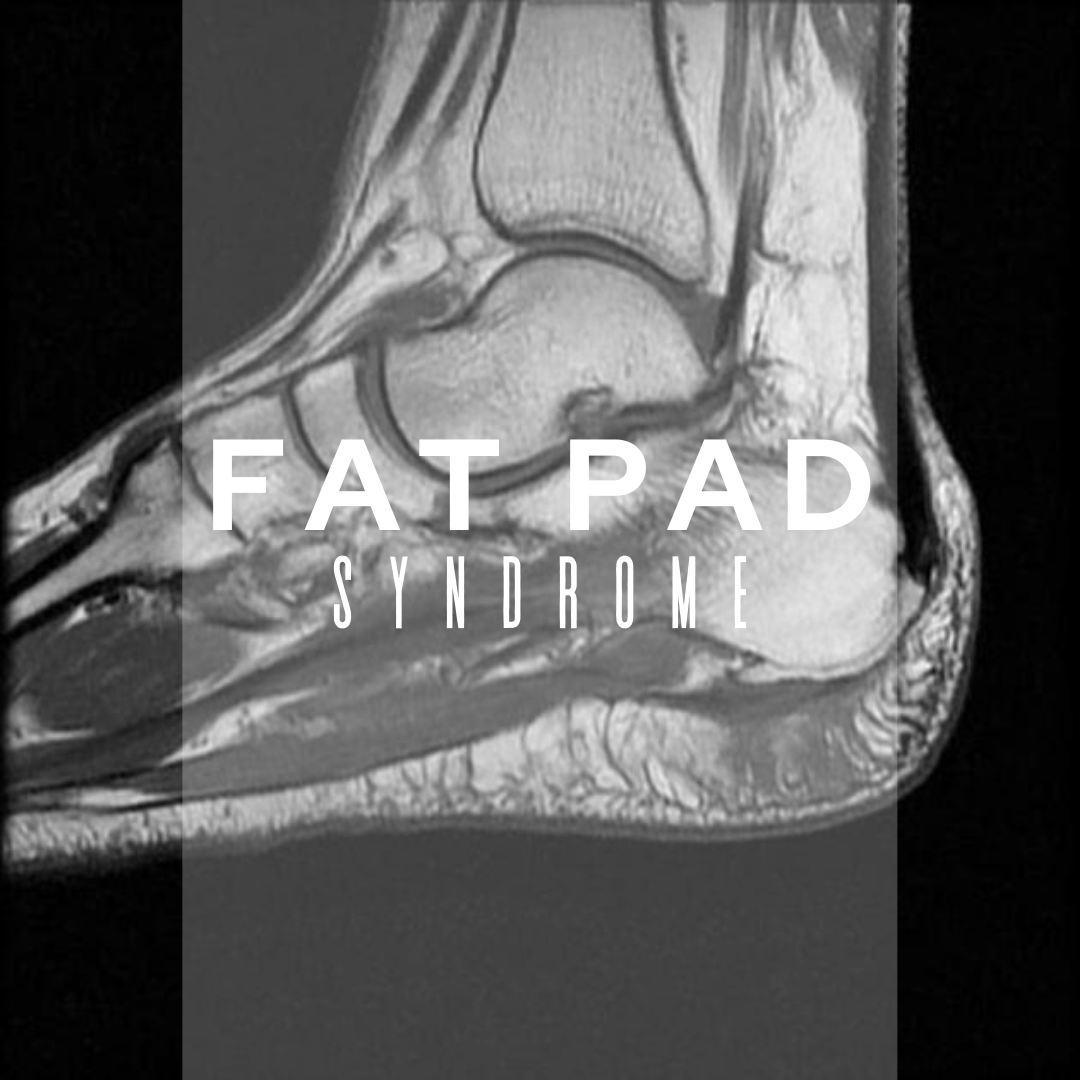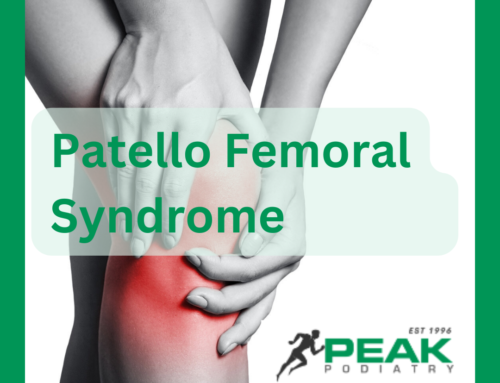You may find it hard to believe, but you can in fact injure your fat. Pain in the base of your heel and around the peripheral of your heel can be related to your fat pad and the diagnosis of fat pad syndrome in the foot is more common than you think.
As illustrated below, the fat pad of the foot is a thick padding that protects and covers the base of the heel and wraps around the inside, outside and back of the heel. Structurally is comprised of a series of vertical columns (called Septa) that contain fat tissue. Think of these like little bean bag balls. These septa provide an organisational structure to these bean bag balls.

Presenting symptoms.
Fat pad injuries present with a consistent low grade bruising pain through the base and often peripheral margin of the heel. Unlike another common condition of the heel called Plantar Fasciitis, which is particularly sore in the central plantar heel getting out of bed and then warms up, Fat Pad symptoms are largely consistent am to pm during the day.
Symptoms are exaggerated barefoot and with increased load.
How can I injure my fat pad?
The fat pad provides protection to heavy impact but is also vulnerable to shear and compression i.e. side to side movements and twisting.
What can I do?
Protection is important and addressing activities providing mechanical stresses is necessary. Gel heel cups, footwear and taping techniques are beneficial.
Ice packs often assist with any inflammation od surrounding tissue along with providing topical relief.
You can lose your fat pad to!
As we age the natural cushioning can thin. This reduced cushioning can lead to people feeling like they are “walking on their bones.”
Patients have asked if it’s possible to take some fat from elsewhere (ie bottoms) and implant under their feet……unfortunately not. There are different types of fat in the body, and the fat pad in your foot can’t be replaced. So, look after it.
Peak Podiatry are specialists in the area of foot and heel pain, especially if YOUR heels are slowing you down?








Leave A Comment